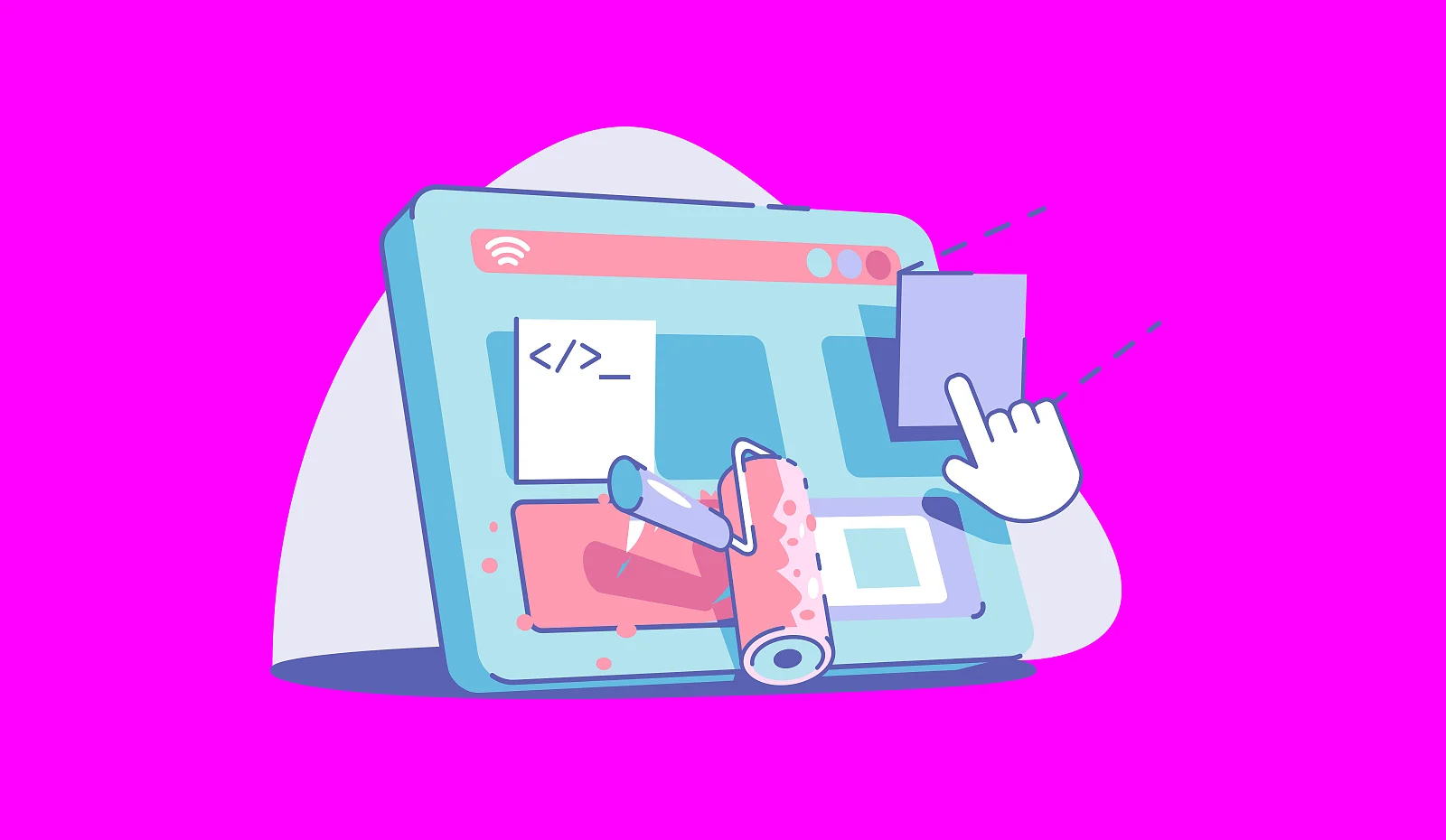Breaking Down the Cost of a Website Redesign in 2025
A website redesign can be an exciting opportunity to refresh your online presence, improve user experience, and ensure that your business stays competitive.
But, as with any significant project, understanding the cost is essential before diving in. In 2025, the cost of a website redesign is influenced by several factors, ranging from the size of your website to the technology you choose to the complexity of your design. In this article, we’ll break down what goes into pricing a website redesign and why it’s an investment that can pay off for your business.
The Scope of the Redesign
One of the first factors that impacts the cost of a website redesign is the scope of the project. If your website consists of just a few pages, the redesign will likely cost less than a larger site with dozens or even hundreds of pages. The more pages you have, the more time and resources are required to refresh each one, ensuring that your content is still relevant and that it aligns with your new branding.
Beyond the number of pages, the complexity of the redesign also plays a role. A simple aesthetic overhaul might cost less, but if you’re looking to revamp your website’s functionality—such as adding e-commerce features, custom integrations, or improving site speed—the cost will rise. A website redesign is not just about giving it a fresh look; it’s also about improving its performance and functionality to better serve your users.
Design and Branding Considerations
In 2025, the design trends are shifting toward highly personalized and user-centric experiences. Businesses are focusing on clean, modern designs with intuitive navigation and mobile-first layouts. This attention to design, while essential, can significantly influence the overall cost. The more custom your design, the higher the price tag will be. Custom illustrations, unique layouts, and tailored fonts all require additional work from designers and developers, which can increase the cost of the project.
Additionally, if you’re not just redesigning your website but also refining your branding, the costs can increase. A comprehensive branding overhaul might include designing new logos, selecting brand colors, creating typography guidelines, and ensuring that your branding is reflected throughout the site. This extra work can add a significant amount to the overall price of the redesign, but it ensures that your online presence is aligned with your brand identity.
User Experience and Functionality
A website redesign in 2025 isn’t just about looks—it’s also about the user experience (UX). The focus on UX is more important than ever as users demand seamless interactions and fast-loading pages. An essential aspect of UX is ensuring that your website is easy to navigate, whether it’s a user browsing on a mobile device or a desktop computer. This can involve making your site mobile-friendly, optimizing content for readability, and creating smooth navigation paths for your visitors.
Functionality is closely linked to UX, and any new features or customizations you want to add will impact the cost. For instance, if you’re adding a blog, e-commerce capabilities, or a custom content management system (CMS), you will need to account for both design and development costs. Even simpler features, such as integration with social media platforms or a better search function, can increase the price of your redesign project.
Development and Technology Choices
The technology behind your website also affects the cost. A simple website built on platforms like WordPress or Squarespace can be more affordable, while a custom-built site using advanced coding languages or frameworks may increase your budget. In 2025, many businesses are opting for responsive, scalable designs that work across a variety of devices and platforms. This requires developers to use advanced coding techniques and cutting-edge tools to ensure compatibility and performance.
Additionally, you may choose to integrate your website with third-party applications or tools, which can also raise costs. For example, adding an online booking system or a payment gateway requires special coding to ensure everything functions properly and securely. Be sure to factor in these integrations when calculating the overall cost of your redesign.
SEO and Content Considerations
An often-overlooked aspect of a website redesign is search engine optimization (SEO). For a redesign to be truly effective, it’s not enough to just update the design; you must also optimize the site’s content to ensure it ranks well on search engines. This can involve keyword research, updating meta tags, restructuring pages for better flow, and optimizing images for faster loading times.
SEO is a crucial part of a website redesign in 2025, and if you’re starting from scratch, it may be necessary to invest in content creation, too. New copy and fresh visuals not only help with SEO but also engage your audience, making your site more appealing and valuable to visitors. The time spent optimizing your site and creating engaging content should be factored into your redesign cost.
Maintenance and Support Costs
Once your website redesign is complete, you’ll still need ongoing maintenance to ensure that it stays secure, up to date, and performing optimally. Many businesses choose to work with the agency that completed their redesign to manage these ongoing tasks, which often comes with a retainer fee. These maintenance costs can vary depending on how frequently you need updates, security patches, and content updates.
In 2025, security is a top priority, and regularly updating your site to prevent cyberattacks is essential. Whether it’s monitoring for vulnerabilities or implementing security patches, this is an important cost that shouldn’t be overlooked.
The Final Word
In summary, the cost of a website redesign in 2025 can vary greatly depending on a range of factors, including the size of your site, the complexity of the design, the technology you choose, and any added functionalities or integrations. While the price tag might seem intimidating, it’s essential to consider the return on investment that a well-designed website can offer. A redesigned site can improve user experience, boost conversions, and help your brand stand out in a crowded market.

